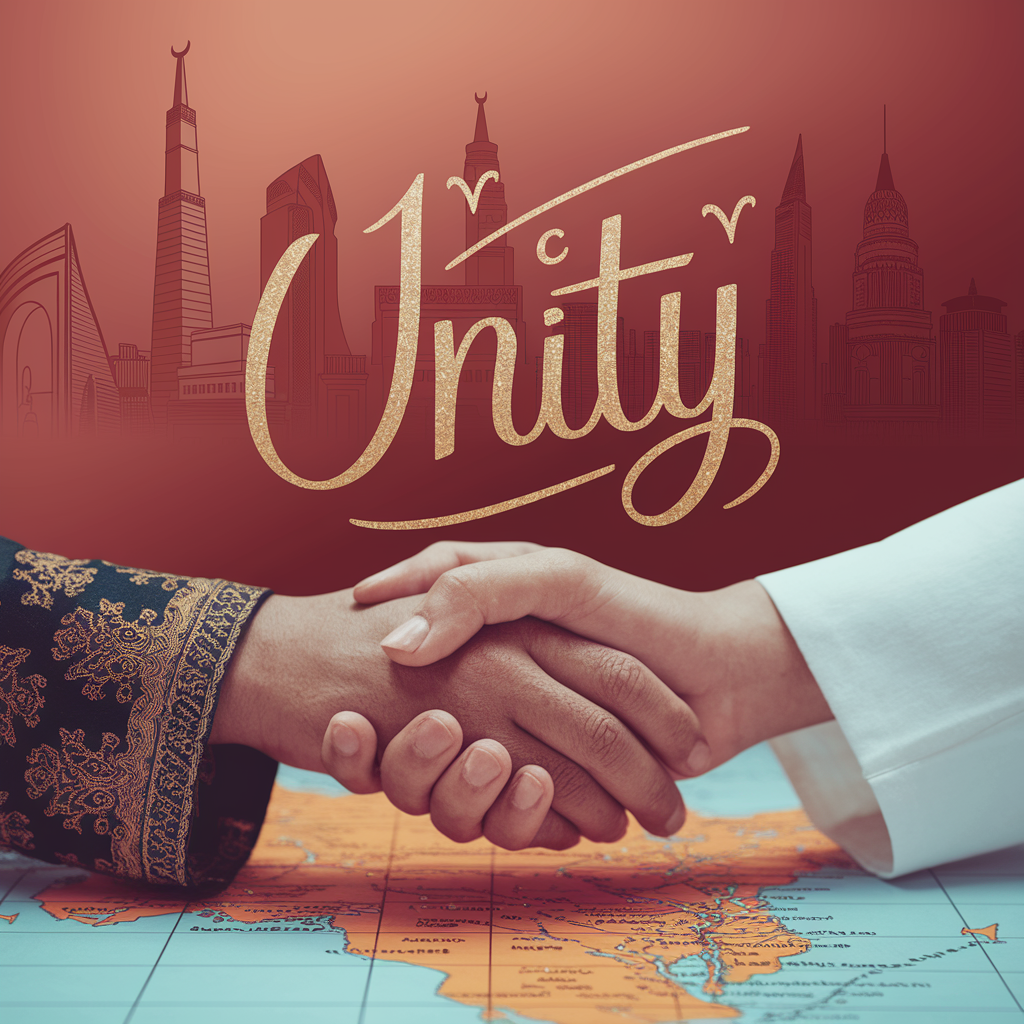The Middle East, home to some of the world’s oldest civilizations, major religions, and abundant natural resources, continues to suffer from internal strife, sectarian violence, and socio-political instability. From Sunni-Shia tensions to Christian-Muslim hostilities, the region remains fractured despite its shared history, language, culture, and economic potential. What’s more alarming is how many of these divisions are deepened — and at times, even funded — by external actors with strategic interests.
In a time when global unity is increasingly valued, the Middle East must rise above centuries-old sectarian rifts and politically manipulated religious conflicts. The stakes are too high — economically, socially, and geopolitically — for continued fragmentation.
The Cost of Disunity
1. Human Lives and Displacement
Wars and conflicts in Syria, Iraq, Yemen, and Palestine have caused the death of millions and displaced tens of millions more. Many of these conflicts, although portrayed as political, are deeply rooted in or inflamed by sectarian narratives. Sunni-Shia rivalries, sometimes centuries old, are reignited with devastating consequences.
2. Economic Ruin
Conflict destroys infrastructure, scares away investors, and erodes national productivity. Countries like Iraq and Lebanon, once thriving hubs of trade and education, have been reduced to economic dependence and instability due to ongoing internal divisions.
3. Wasted Youth and Brain Drain
Young, talented individuals from the Middle East continue to seek opportunities abroad. Instead of building their homelands, they fuel the economies of the West and Asia. Why? Because violence, corruption, and discrimination offer them little hope at home.
Sectarianism: A Tool of Division
Sectarianism in the Middle East is not simply a religious dispute. It is a tool used by politicians, foreign powers, and extremist groups to manipulate populations and hold onto power.
Sunni vs. Shia: More Political than Religious
While there are theological differences between Sunni and Shia Muslims, these differences have been historically magnified by political elites and foreign backers to serve power ambitions. For example:
- Saudi-Iran Rivalry: Often framed as a Sunni-Shia conflict, their geopolitical rivalry has spilled into countries like Yemen, Syria, Bahrain, and Lebanon, with both sides funding militias and proxy wars.
- Militia Funding: Billions of dollars are funneled into militias and armed groups under the guise of “religious protection.” These groups often target fellow Muslims more than any external threat.
Christian-Muslim Tensions
In countries like Egypt, Iraq, and Syria, Christian communities have coexisted with Muslims for centuries. Yet post-colonial power games and rising extremism have threatened this coexistence. Many of the attacks on Christian communities in recent decades were either externally instigated or went unchecked due to weak governance and hate ideologies promoted by foreign-funded media or extremist networks.
Foreign Funding: The Hidden Engine Behind Hate
The inflow of funds from both state and non-state actors outside the region plays a critical role in perpetuating hate and division. This includes:
1. Political Funding
Foreign governments fund political factions or sectarian groups aligned with their interests. This strategy is used to destabilize rival regimes or install compliant leadership.
2. Ideological Exporting
Some nations fund religious schools and media outlets that spread extremist or sectarian ideologies, targeting youth and vulnerable populations.
3. Arms Trade
The Middle East is one of the largest markets for weapons. Many of these arms fall into the hands of sectarian militias — directly or indirectly funded by external players — fueling prolonged conflict.
The Geopolitical Strategy of Divide and Rule
The “divide and rule” tactic is not new. Colonial powers used it extensively, and modern global powers continue to apply it in subtler forms. By dividing the Middle East internally, global powers ensure:
- Oil and resource access with minimal resistance
- Weak regional competition
- Arms sales and strategic military alliances
A unified Middle East would challenge the global status quo, potentially developing collective bargaining power on trade, energy, and diplomacy.
The Case for Unity
Shared Culture and History
Despite sectarian differences, the peoples of the Middle East share far more than they differ — a common language, cuisine, history, and even struggles. Islam’s Golden Age saw Sunni and Shia scholars collaborate. Cities like Baghdad and Damascus flourished with religious diversity.
Economic Cooperation
Imagine a united economic bloc in the Middle East: free trade, shared infrastructure, tourism, and scientific development. The European Union proved that long-standing enemies can cooperate for mutual prosperity. The Middle East has even greater potential.
Security and Stability
Only unity can defeat the common enemies of the region: poverty, extremism, and foreign interference. Joint security efforts, intelligence sharing, and de-radicalization programs can eliminate the breeding grounds of terrorism.
How to Move Forward
1. Educational Reform
Educate youth about unity, peace, and shared values — not hate. Replace sectarian teachings with inclusive curriculums that highlight diversity and tolerance.
2. Regional Dialogue Platforms
Create and empower forums for interfaith and inter-sect dialogue involving scholars, youth, and leaders to humanize “the other” and address shared concerns.
3. Media Accountability
Monitor and regulate foreign-funded media that spreads hate and fake narratives. Promote independent journalism that highlights stories of unity and coexistence.
4. Pan-Middle Eastern Institutions
Build institutions similar to the African Union or European Union to foster cooperation in trade, technology, education, and defense.
5. Stop External Manipulation
Establish regional policies that limit foreign funding of religious institutions, militias, and political campaigns. Promote transparency and accountability in political financing.
Conclusion
The Middle East stands at a crossroads. One path leads to perpetual conflict, externally funded hate, and self-destruction. The other offers peace, unity, and prosperity through shared effort and vision. The only way forward is together.
History has shown that unity is not just a noble goal — it is a survival strategy. The region owes it to its children, its martyrs, and its future to rise above division, reject hate — and build a Middle East that leads the world in peace, progress, and purpose.

